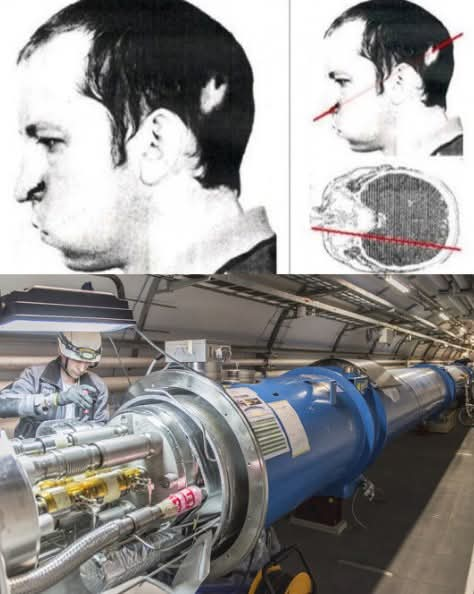Complexity of radiation exposure and human resilience
1978년, 소련의 물리학자 아나톨리 부고르스키는 인간 생존의 한계를 초월하는 놀라운 사고를 경험했습니다. 프로트비노에 있는 고에너지 물리학 연구소에서 장비를 점검하던 중, 그는 부주의하게 당시 소련에서 가장 강력한 입자 가속기인 U-70 싱크로트론에서 나오는 활성 양성자 빔의 경로에 머리를 두게 되었습니다. 빛의 속도에 가깝게 이동하는 빔은 그의 두개골을 통과하며 약 20만에서 30만 라드의 방사선을 전달했는데, 이는 인간의 치사량을 훨씬 초과하는 양입니다. 놀랍게도 부고르스키는 이 사고에서 살아남았고, 이는 과학자와 의료 전문가들에게 계속해서 흥미를 불러일으키고 있습니다.
노출 직후, 부고르스키는 천 개의 태양보다 밝은 섬광을 보았다고 보고했지만 즉각적인 통증은 느끼지 못했습니다. 양성자 빔은 그의 후두엽과 측두엽을 지나 왼쪽 콧구멍 근처로 빠져나갔습니다. 며칠 후, 그는 얼굴 왼쪽의 피부가 붓고 벗겨지는 증상, 부분 안면 마비, 왼쪽 귀의 청력 상실, 그리고 가끔 발작을 포함한 심각한 증상을 보였습니다. 이러한 쇠약하게 만드는 영향에도 불구하고, 그의 인지 기능은 대체로 손상되지 않았습니다.
의사들은 처음에는 그가 방사선 노출로 사망할 것으로 예상했지만, 부고르스키는 예상을 뒤엎었습니다. 그는 물리학 분야에서 계속 연구하여 박사 학위를 받았고, 나중에는 자신의 부상을 초래한 바로 그 가속기의 실험 코디네이터가 되었습니다. 그의 사례는 인간의 회복력과 방사선 노출의 복잡성을 보여주는 독특하고 설득력 있는 예로 남아 있습니다.

In 1978, Soviet physicist Anatoli Bugorski experienced an extraordinary accident that defied the limits of human survival. While inspecting equipment at the Institute for High Energy Physics in Protvino, he inadvertently positioned his head in the path of an active proton beam from the U-70 synchrotron, the Soviet Union's most powerful particle accelerator at the time. The beam, traveling at near-light speed, passed through his skull, delivering an estimated 200,000 to 300,000 rads of radiation—far exceeding the lethal dose for humans. Remarkably, Bugorski survived the incident, a feat that continues to intrigue scientists and medical professionals.
Upon exposure, Bugorski reported seeing a flash brighter than a thousand suns but felt no immediate pain. The proton beam traversed his occipital and temporal lobes, exiting near his left nostril. In the days following, he developed severe symptoms, including swelling and peeling of the skin on the left side of his face, partial facial paralysis, hearing loss in his left ear, and occasional seizures. Despite these debilitating effects, his cognitive functions remained largely intact.
Doctors initially expected him to succumb to the radiation exposure, but Bugorski defied expectations. He continued his work in physics, earning his Ph.D. and later becoming the experiment coordinator for the very accelerator that had caused his injury. His case remains a unique and compelling example of human resilience and the complexities of radiation exposure.